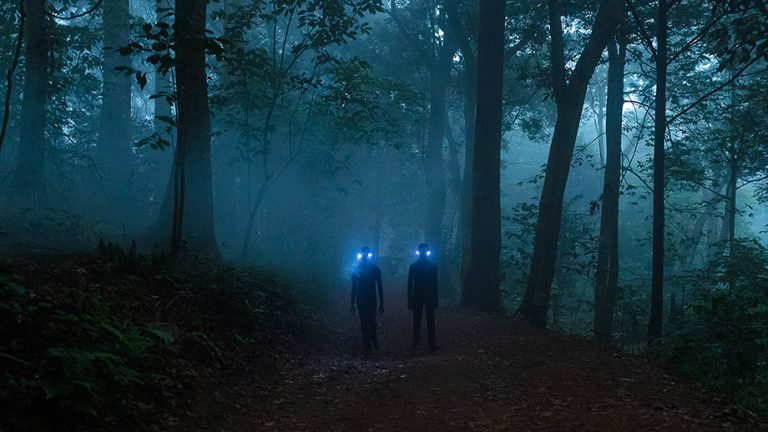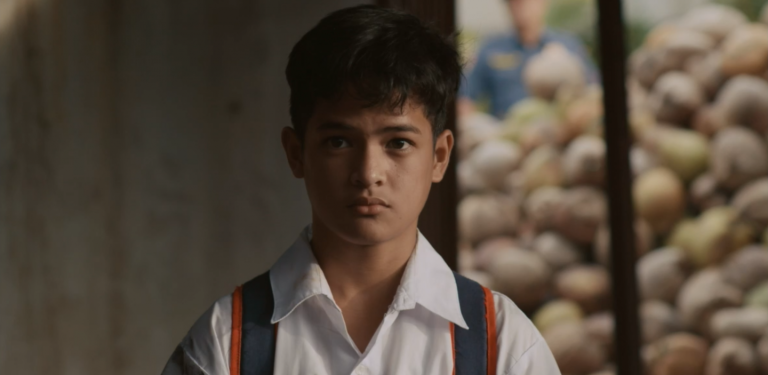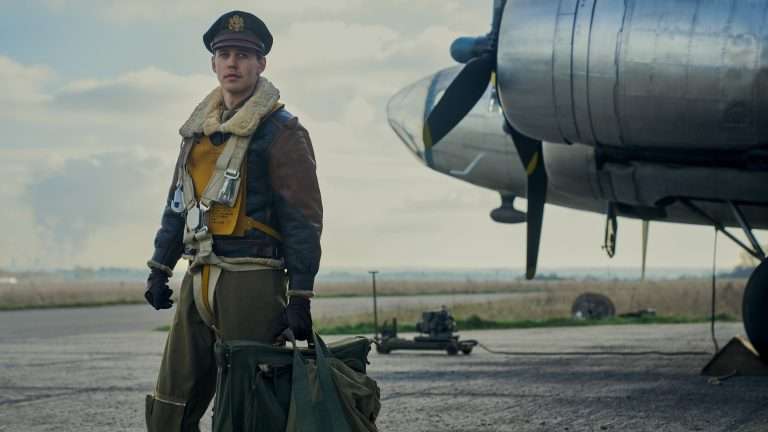Back when Pete Docter’s 2015 “Inside Out” came out, it was promptly hailed as the “most Pixar” movie of its decade. Since then, what we’ve seen is the watering down of the studio’s once towering luster, both in terms of the box-office reception as well as in its creative misfires. The semblance of its ingenious roots further deteriorated when it casually dumped two major features over Disney+; the move only diluted the brand by re-schooling audiences to think of Pixar as just another content provider.
At such a crossroads, it seemed right for the studio to hearken back to its (more) familiar roots, resorting to investing in the sequel of one of its biggest mega-hits. Everything considered, “Inside Out 2”, thankfully, manages to transcend the obvious attempt to literalize the mental processes of explaining ourselves by integrating everything we’ve grown to recognize the studio within a wholly mature and ardent way.
The film continues to build upon the messy social fabric of navigating through household and high school. Riley (Kensington Tallman), now 13, along with her two best friends, scores coveted invitations to a national hockey camp run by the coach (Yvette Nicole Brown) of a prestigious high school. This time around, a string of new emotions rush to Riley’s ingeniously labyrinthine internal expanse as they push back against the older emotions to get control of the enormous oval screen. Primarily headed by Anxiety (Maya Hawke), a carrot-colored sprite with strung-out eyebrows, these emotions range from Envy (Ayo Edebiri), Embarrassment (Paul Walter Hauser), and the hastily jaded Ennui (Adèle Exarchopoulos).
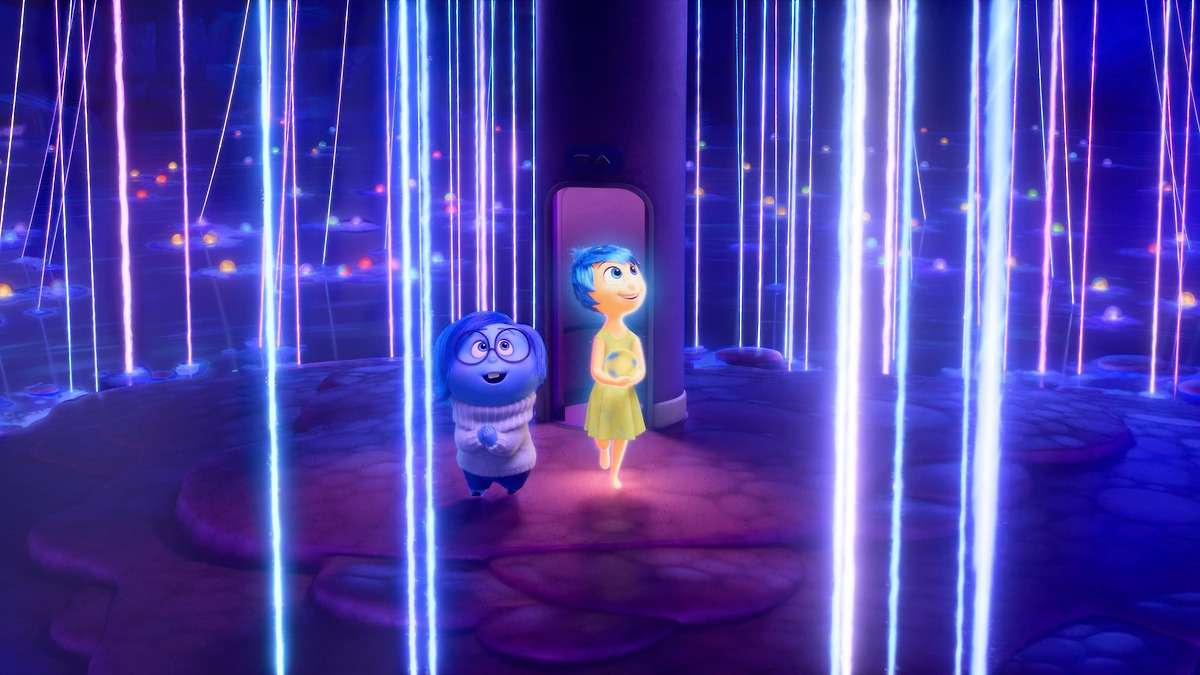
The core narrative beats come across as familiar as we watch Joy (Amy Poehler) get exiled from Headquarters yet again, along with some other emotions, where they all must make their way back to help Riley navigate major life changes through her onset of puberty; the story essentially unfolds as a redux of the 2015 movie, albeit with a different emotional journey in all its regards. Dave Holstein and Meg LeFauve’s script makes a clear distinction in how Joy, at times, heedlessly clings to an outdated sense of who ‘the real’ Riley is. We watch her discard bad ideas that occasionally pop into the girl’s adolescent head before anyone else gets a chance to pick on it — a trivial forfeit that will eventually have a major fallout.
The dilemma this time around also becomes what happens to the inside world when the social constructs outside can no longer be navigated by just one feeling at a time. That makes it clear just how much the new film shares in common with the first, in both form and function. But while the original hinted at how essential the gleeful spirit of being a youth is — while making us ponder on the ramifications of losing it — the sequel is as much about those ramifications as it’s about how one copes with them.
The mysterious new button labeled ‘puberty’ from the end of the 2015 film has now materialized into a shrieking red alarm — one that soon demands all the emotions to look inward in order to let Riley find her true footing. While they continue to track, manage, and often disrupt the girl’s thoughts and actions, they now must also pay heed to the enormous tower of beliefs she’s harbored through her conditioning. One that is a function of not only her emotions but also the social constructs and experiences that shape them.
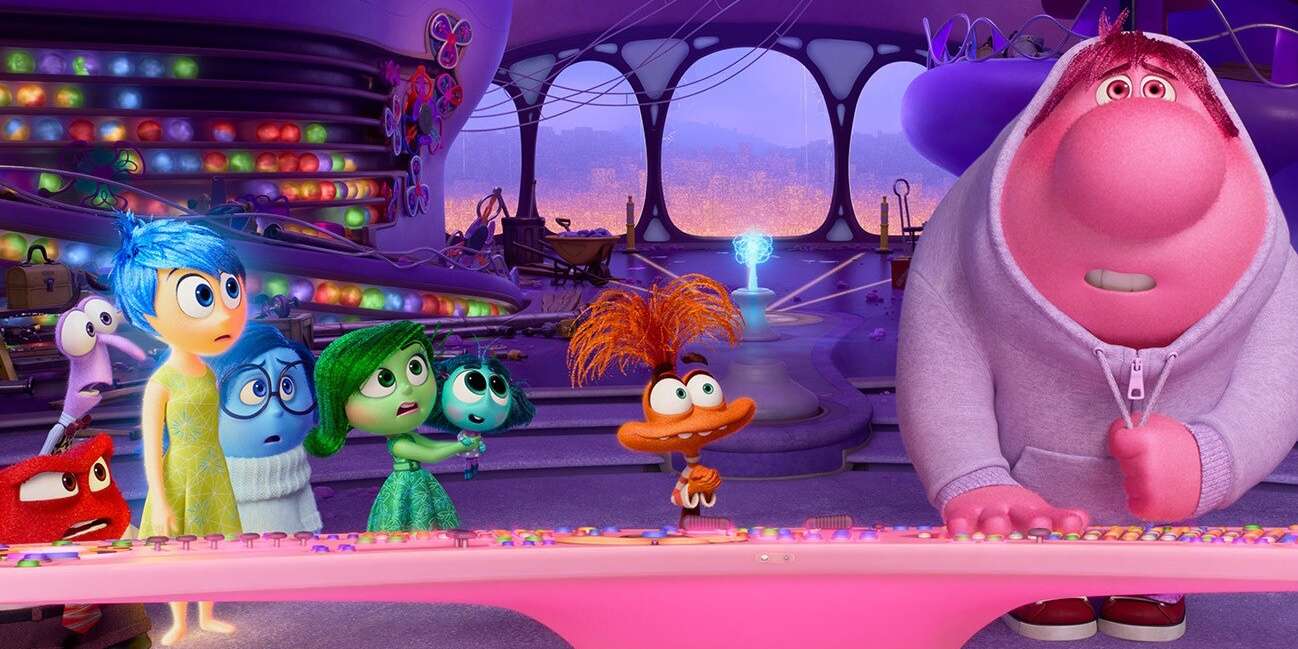
Kelsey Mann’s electric debut feature not only becomes a worthy sequel to the original but also an expansion of this journey of the self—a thematic console that only gets channeled with more fortitude by making Riley’s personified belief system the central McGuffin. The lush depth of field only compliments the 3D format, while the intricate designs breathe meaning to the new emotions Riley must channel to grow.
Anxiety’s bright orange tweaker, along with the feathery hair, matches the resemblance with the belief system of the ‘new Riley.’ She soon becomes adamant about molding. “She needs more sophisticated emotions than all of us,” she anxiously declares to Joy while inserting new prompts onto the console. But it’s only when the emotions themselves come of age that they recognize Riley’s sentience.
One of the new emotions emerging from the closet is of an old dumpling lady who quickly gets shooed away by the other characters. Wearing rose-tinted glasses and a helmet of white hair, her name is Nostalgia. Those who disperse her off tell her it’s too soon for her to show up. At this stage, Pixar is clearly in a distressed position where banking on nostalgia seems like the most feasible option to climb out of its long slump. “Inside Out 2″ works largely because the first one continues to cast its wonderful charm even almost a decade after its release. The studio has always excelled at turning ideas into images, and by revisiting the rare premise that speaks to universal themes, it once again personifies the emotions that often override our actions. Well, for better or for worse, this sequel too cheekily lures the audiences through the same conceit.


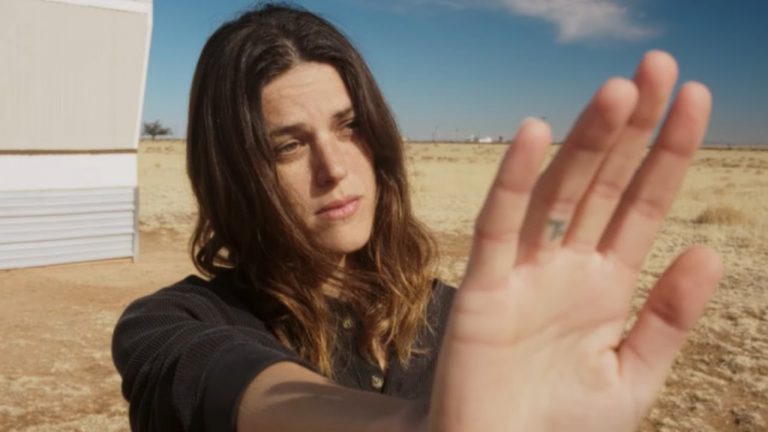
![Pale Flower [1964] Review – A Noirish Parable with Striking Imagery](https://79468c92.delivery.rocketcdn.me/wp-content/uploads/2019/07/Pale-flower-cover-768x432.jpg)
